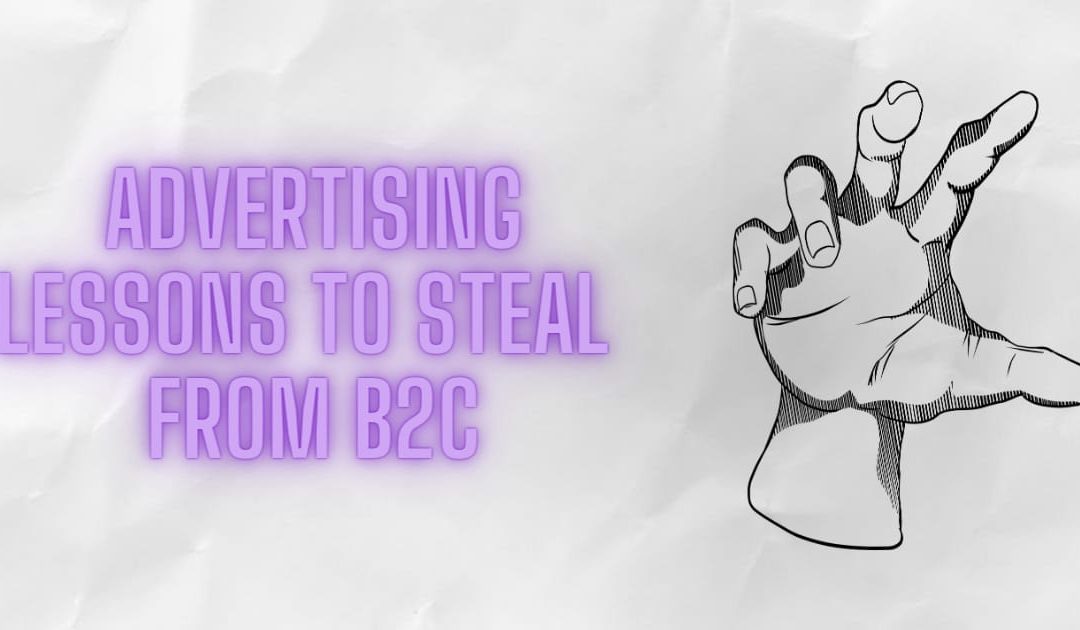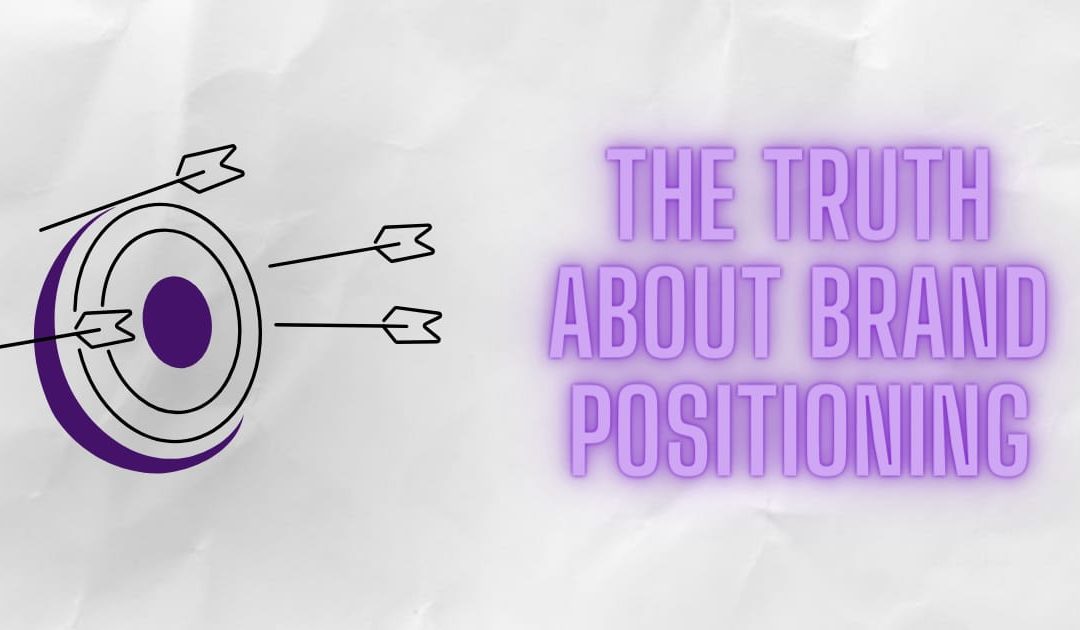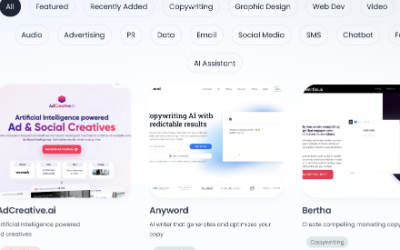When B2B content marketing is done right, it becomes a trail of neatly-wrapped gifts that starts at your customer’s front door and leads to the steps of your business.

Every time a potential customer takes a step closer, he gets rewarded with something more. He becomes more and more convinced that your business has just what he needs, and when he finally arrives at your door, he’s ready to buy.
Sounds good, right?
But to make this work, you need a solid B2B content marketing strategy.
In this article, you’ll learn exactly what goes into a successful content marketing strategy and how to start putting one together for your business.
Before we look at the steps, I want to address some of the biggest myths around B2B content marketing.
If you want to succeed, you’ve got to leave these outdated ideas behind.
3 Biggest Myths About B2B Content Marketing
Myth #1 – B2B Content Is Boring
For some reason, since we’re marketing to other businesses, people think B2B content needs to be “professional” and “business-like.” This leads to boring, vanilla content that gets forgotten instantly.

B2B buyers are people, too. We write content for people, and people like interesting content. The key is understanding what problems your B2B audience is facing and write content that helps them find a solution.
Myth #2 – B2B Customers Don’t Use Social Media
The truth is, everyone uses social media.
B2B decision makers might not use it on the job, and you might not think of TikTok as a place for B2B content, but if you want to reach your customers where they are, they will most certainly be on social media for a couple of hours a day.
Today, half of TikTok users are over 30. Decision makers are on TikTok, Facebook, and Instagram, which makes it a solid place for B2B marketing alongside blogs and emails.
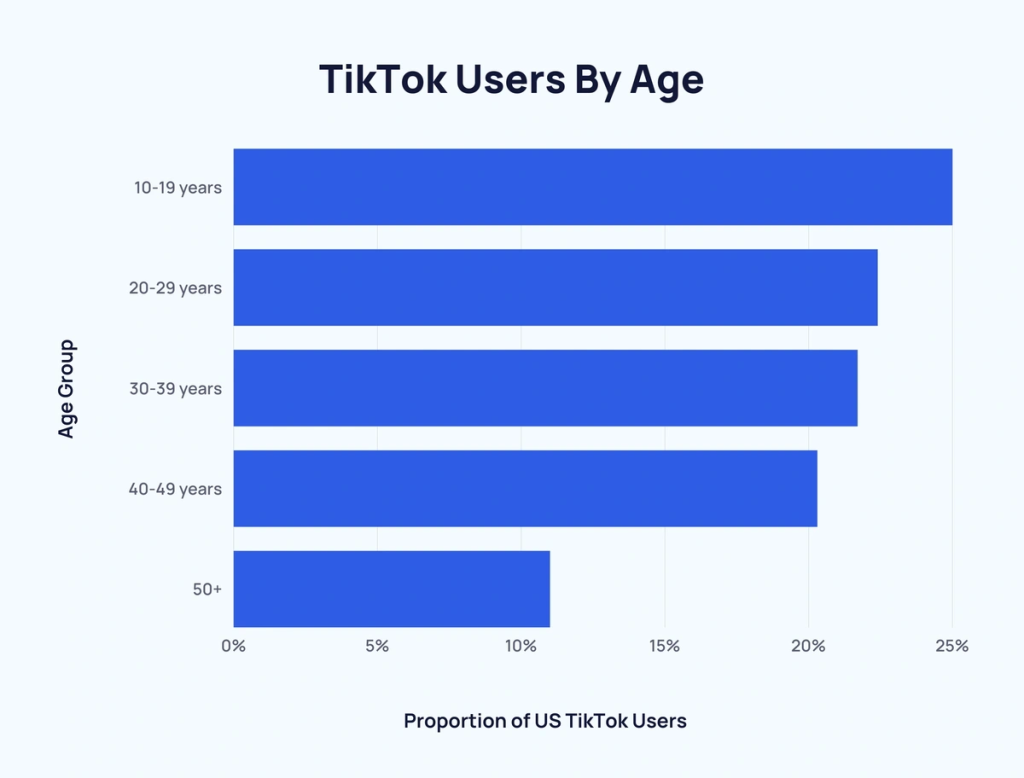
Myth #3 – B2B Marketing Is Nothing Like B2C Marketing
This is partially true. Yes, B2B and B2C marketing are different.
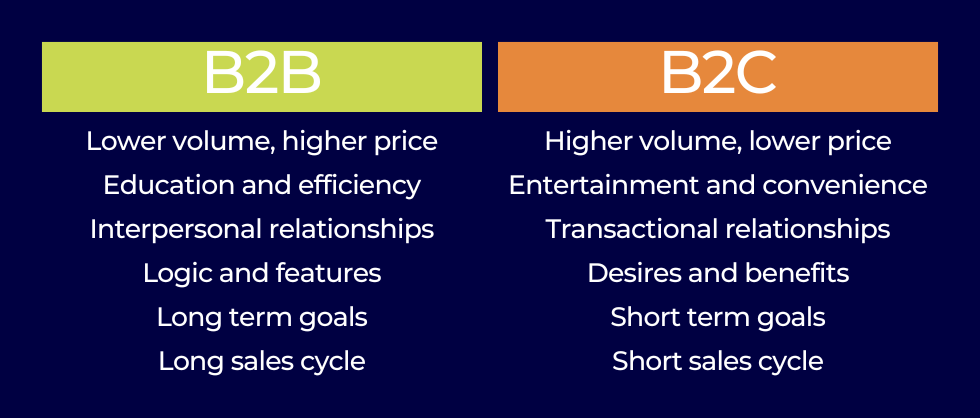
But B2B businesses can’t afford to ignore B2C marketing. B2C is where marketers move at the speed of light to discover and try new trends and strategies that B2B businesses only catch onto a few years later.
Keep an eye on those B2C businesses, and you’ll find plenty of marketing tactics that’ll help you stand out in your niche.
Now let’s walk through the steps of planning your new B2B content marketing strategy.
How to Create a B2B Content Marketing Strategy (7 Steps)
Step #1 – Set your goals
Every good strategy starts with a goal. And ultimately, it’s about your bottom line. What sales goal are you aiming for? What kind of results would justify the cost you’re spending on your marketing budget?
As you implement your strategy, this goal will help you to measure how well it’s working.
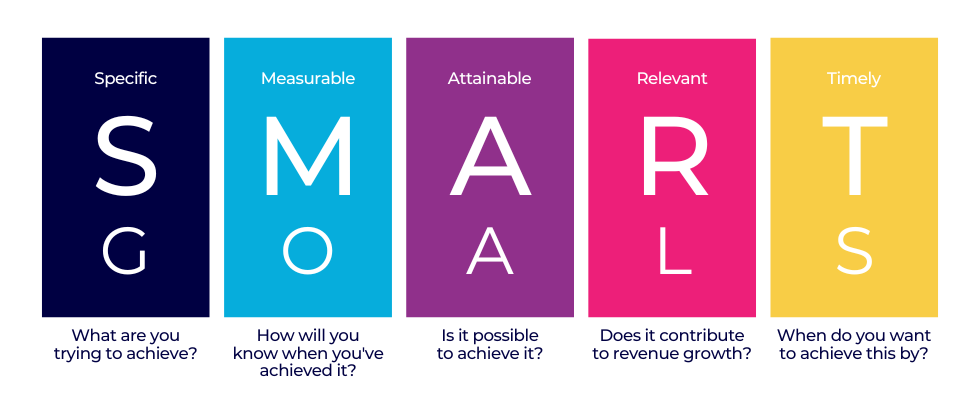
Step #2 – Understand your target audience
The second major factor that should drive your content marketing strategy is a deep understanding of your audience (aka your potential customers).
What kind of businesses do you serve? What are their pain points? How are companies structured? What are their needs? What are their ultimate goals? What are their budgets?
Who are the decision-makers? What do you know about them, their job descriptions, their personal pain points, and what motivates them to seek out your product? Where do they hang out online?
I could go on and on, but the more you know about your audience, the better. This is done in two ways: by simply talking to existing customers and potential customers and learning about them, and by collecting data.
Step #3 – Define your brand
Once you understand your audience, it’s time to define how you want that audience to relate to your brand.
Your brand is how people see you. Nike is an elite coach that encourages us to keep going, Ferrari is sexy and gives us permission to have fun, and Apple makes us feel more creative.

So who do you want to be to your customers? How do you want to be seen? And how does that translate into your writing style, your brand identity, your imagery, and the things you talk about in your content?
Step #4 – Plot out your customers’ buyer’s journey
At this point, you understand where your customers are (their pain points), and you know where you want them to be (in your customer base).
So how do you get them from Point A to Point B?
This is the job of a Buyer’s Journey. It’s how you map the flow your customers take from being total strangers to your brand to becoming loyal customers of your products and services.
You’ll need to figure out:
- How does a potential customer start looking for the solution you provide?
- What do they need to know and think through before they get ready to buy?
- When will you know that someone is ready to purchase?

(Learn more about the buyer’s journey in our guide to B2B lead generation.)
Step #5 – Plot out your funnel strategy
Now that you’ve got your Buyer’s Journey, it’s time to put together a content strategy that will move them through the process.
Getting Traffic: You know what your potential clients are searching for. So how will you position your content to capture that traffic? What marketing channels will help you to reach new people? (Blogs, ads, and social media are some examples.)
Generating Leads: Once a potential customer has found you, how will they “raise their hand” to let you know they want more of your content? (By subscribing to a mailing list, following you on social media, or something else?)
Nurturing Leads: How will you stay in touch with your leads? Which channels will you use to educate them and help move them toward a buying decision? And what topics will you need to cover to help them do that?
Conversions: How will you bridge your content into a sales conversation? When will you hand it over to your sales team? Or how will you lead people to your product pages and encourage them to buy?
This is difficult to do without a good understanding of marketing strategy, so it’s helpful to have a marketing specialist for this.
When this is all done, you’ll want to record your strategy in clear documentation so the rest of your organization can refer to it.
Step #6 – Create your content calendar
The final step is to come up with concrete content ideas for each individual piece of content and plug them into the calendar.
Smaller businesses might plan just a week ahead and make content planning part of their weekly routine. Many businesses choose to plan a month in advance or even a few months ahead.
After that, of course, it’s time to create the content and post it. (Post-scheduling apps like Later or Hootsuite can save you lots of time with this.)
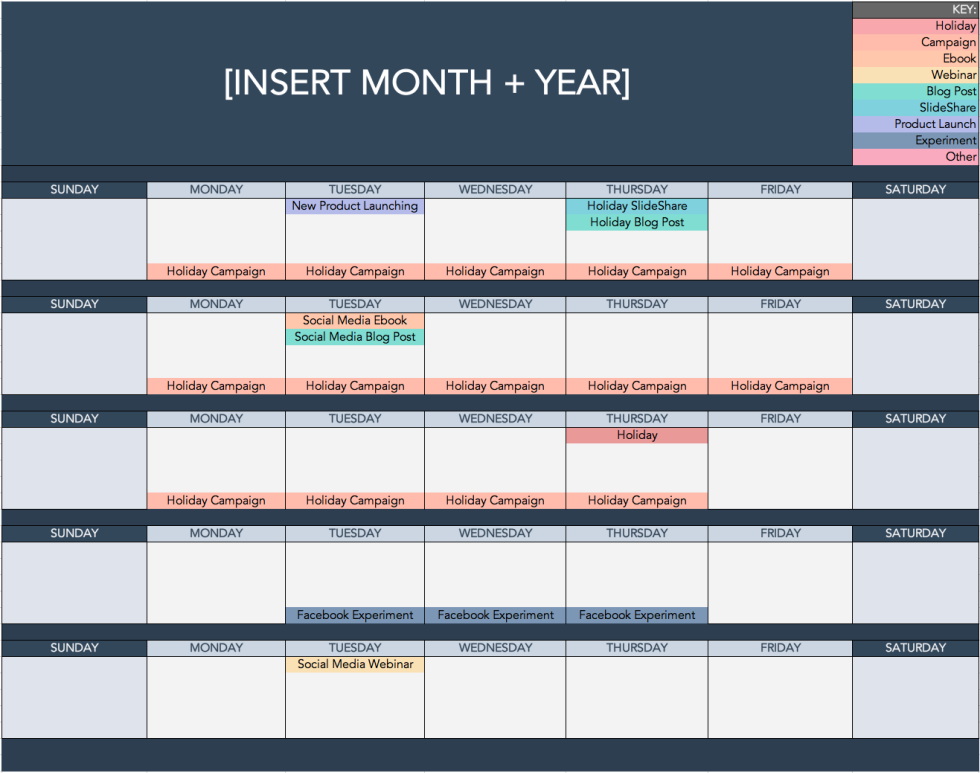
When you first start out with your new strategy, you really don’t know how it’ll perform. All you can do is stick to your plan and see how it goes. After 1 to 3 months, you’ll see how it’s working and can make bigger adjustments.
Step #7 – Measure and adjust
The final step is to go back to your original goals and measure your results against them. Are you moving closer to your goal? (Keep in mind that it may take time to build up trust with your audience before the sales start coming in through content.)
It’ll be helpful to set up several KPIs to track how well your funnel is performing.
For example:
- How much traffic are your blog posts generating?
- How many people are you reaching with your social media posts?
- How much engagement are you getting? What’s the general sentiment?
- Are your follower counts growing?
- How many people are subscribing to your mailing list?
- And how many new leads and sales can you track back to subscribers and followers?
Based on these numbers, you can come up with ways to improve your strategy and try new things until you find what works best for your business.
Find Success With B2B Content Marketing
Creating a successful content marketing strategy is a process. It takes thought, time, and effort to make it work.
That said, these 7 steps I outlined above will give your B2B content marketing strategy a really solid start.
And if you want to simplify the process by partnering with an experienced B2B marketing firm, Reel Axis can help.


